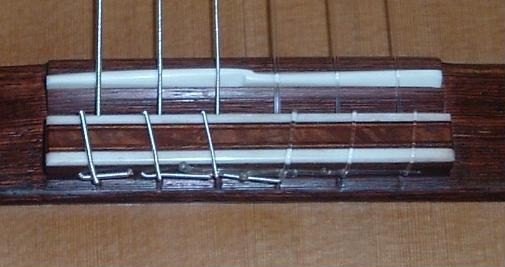It is technique, I'm afraid. Since those wound strings in particular can be awfully squeaky, making micro-adjustments in one's playing is something people spend years perfecting, focusing on pressing down and lifting fingers at just enough at the right moment etc. It's also therefore about distributing one's notes appropriately, as it were, so you're not creating a lacuna in the note duration because you lift too soon or something. It's a journey perfecting this!
The calluses on your fingers may also determine the level of noise, therefore seeing where on your fingertips the noise is most egregious, and changing accordingly depending on the musical passage. Some parts of those Villa-Lobos suites are notorious, for example, you got these diminished shapes which go up and down the neck and the index finger is fretting notes on the D string - noise potential bonanza. Maybe for such a passage, using more of the pad of the fingertip would help in eliminating noise, without needing to lift too much which would inhibit the speed of the transitions.
As Dave says, string noise is part of the instrument, and keeping it at bay requires some consideration.





